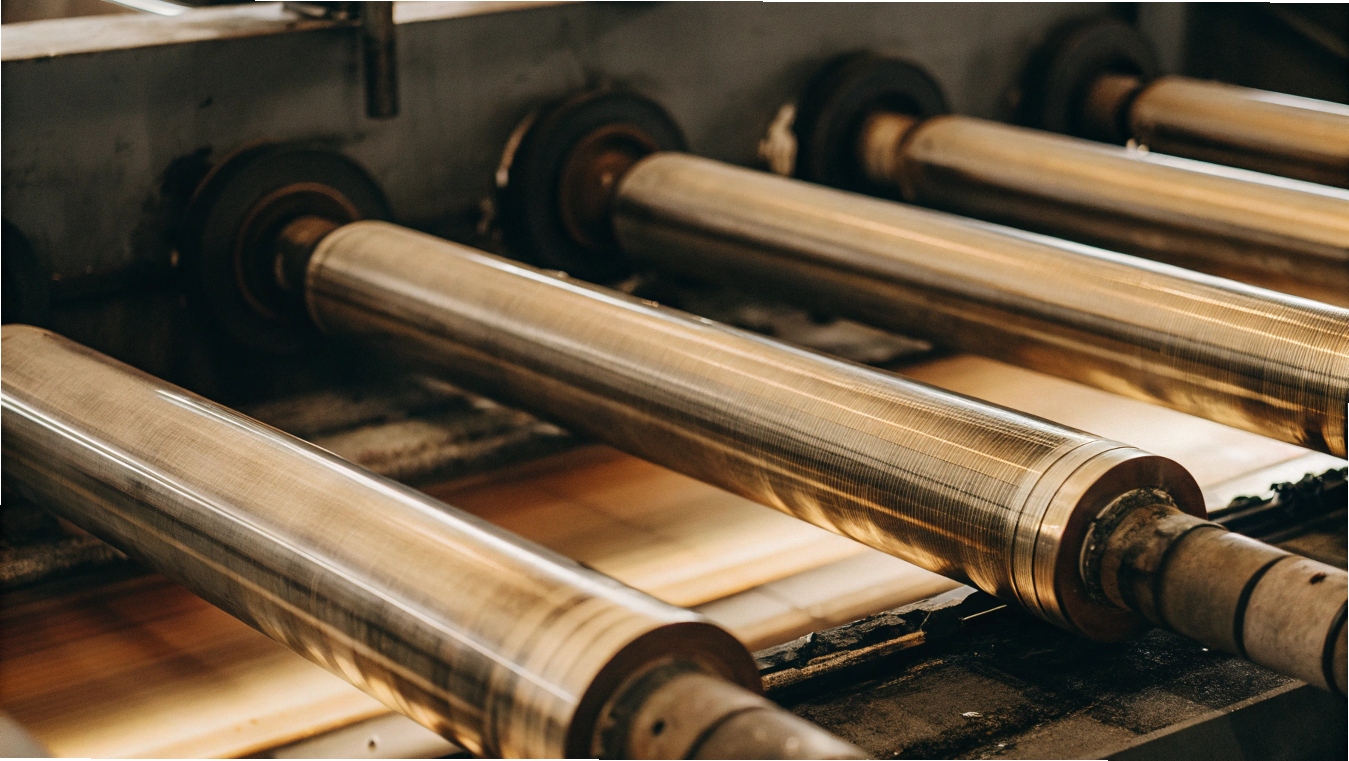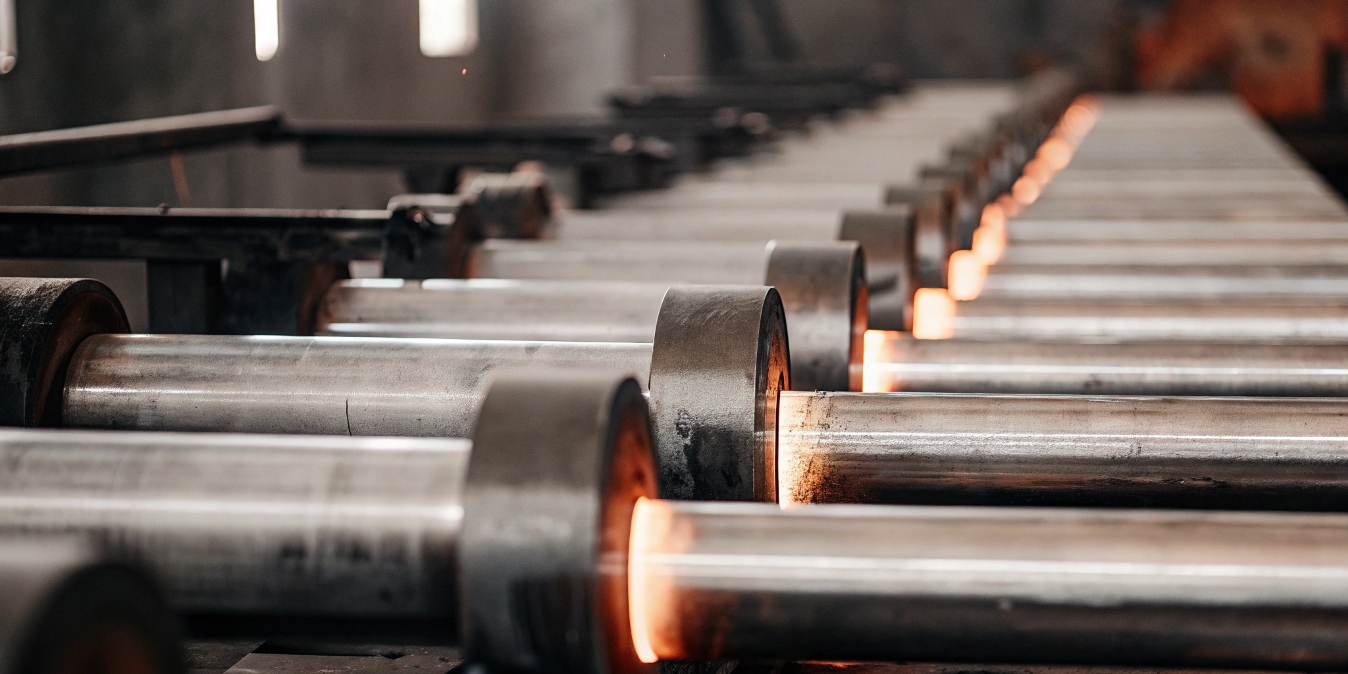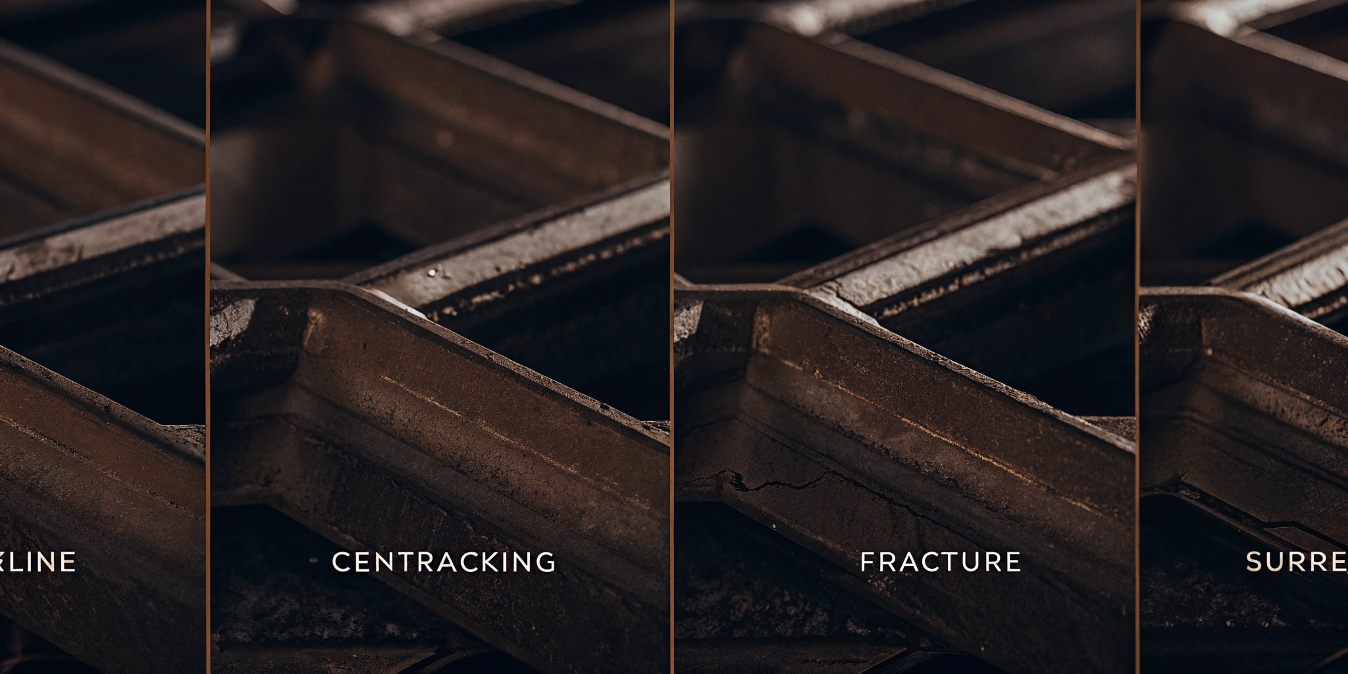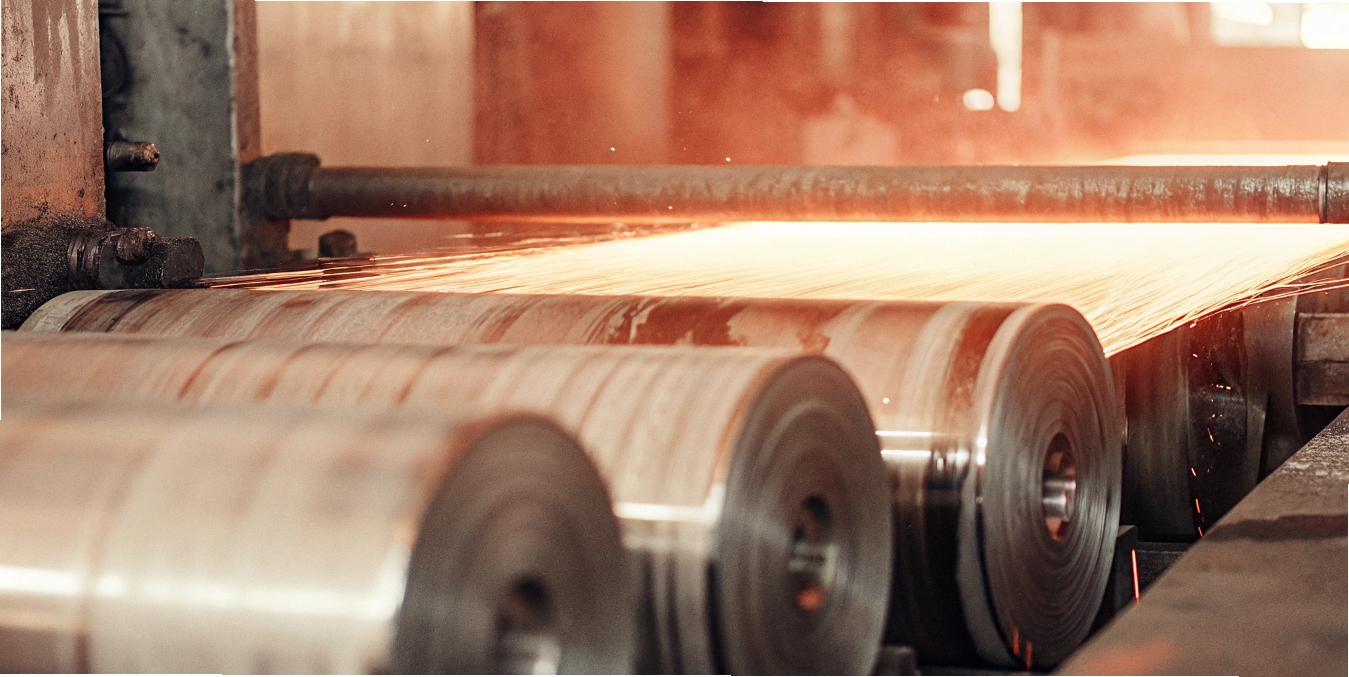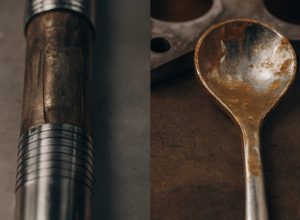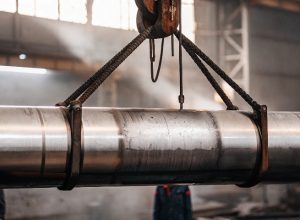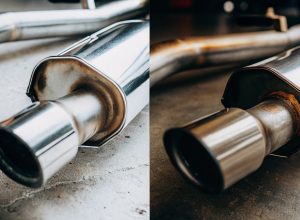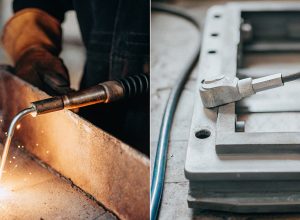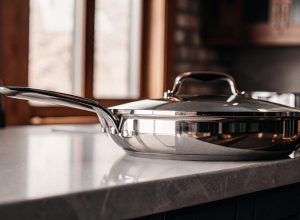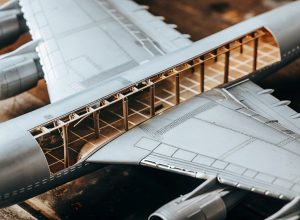Finding the right metal finish is tough. Choosing the wrong rolling process causes delays and impacts quality. I will explain the key types to help you source confidently.
Metal rolling reduces a metal’s thickness by passing it through rollers. Key types are hot, cold, cross, and profile rolling. Each method achieves different properties, tolerances, and surface finishes, which is crucial for applications in aerospace, medical, and chemical industries.
Understanding the basics is just the start. The real challenge for procurement managers like David is knowing which process matches your specific needs. In my experience, the details make all the difference between a successful project and a costly mistake. Let’s look closer at the different types and what they mean for your finished product.
What are the different types of rolling process?
Are you unsure which rolling process fits your needs? Ordering the wrong type can mean poor performance. Here, I’ll explain the key differences to clarify your choice.
The most common types are hot rolling1, cold rolling2, cross rolling3y profile rolling4. Hot rolling shapes metal at high temperatures for large reductions. Cold rolling is done at room temperature for a smoother surface and improved strength. Each serves a specific purpose.
At Titonest, selecting the right process is critical. A client once needed titanium plates for a chemical processing tank. They required good corrosion resistance but also a specific thickness tolerance that was hard to achieve. We combined two processes to get it right. In our titanium production, we frequently use hot rolling and cold rolling.
Hot Rolling for Initial Shaping
We always start with hot rolling for our titanium plates and coils. The titanium ingot is heated to a very high temperature, well above its recrystallization point. This makes the metal softer and easier to shape. It allows us to make significant reductions in thickness in just a few passes. It’s cost-effective for large-scale shaping. The downside is that the surface finish is rougher because of scale, and the dimensional tolerances are less precise.
Cold Rolling for Precision and Finish
After hot rolling, we often use cold rolling to get the final properties our clients need. This is done at or near room temperature. It requires much more force, but the result is a smoother, more refined surface. Cold rolling also work-hardens the titanium, which increases its strength. This is crucial for aerospace components where the strength-to-weight ratio is everything. We also employ cross rolling to enhance mechanical properties in multiple directions and profile rolling to create specific shapes like bars.
He aquí un sencillo desglose:
| Característica | Hot Rolling | Cold Rolling |
|---|---|---|
| Temperatura | Above recrystallization | Below recrystallization |
| Beneficio clave | Large thickness reduction | Tighter tolerances, better finish |
| Surface Finish | Scaly, rough | Smooth, refined |
| Uso típico | Initial breakdown, structural shapes | Final product, aerospace sheets |
What is the process of rolling metal?
Does the metal rolling process seem like a black box? Not knowing the steps makes it hard to manage timelines. I’ll walk you through how we turn raw metal into a finished product.
The rolling process starts with heating a metal ingot or slab. It then goes through large rollers for initial thickness reduction. Finishing passes create the final dimensions and surface. Finally, the metal is cooled, treated, and inspected to meet standards like ASTM.
A procurement manager like David in Germany needs to know where his order is in the production cycle. Delays can halt his entire production line. That’s why I believe in being transparent about our process. It’s not just one step; it’s a carefully controlled journey. Our plant produces titanium plates through multiple rolling passes to meet strict ASTM standards for our aerospace and chemical clients.
From Ingot to Slab
Everything starts with a large titanium ingot. We heat this ingot in a furnace to the correct temperature for hot rolling. This is a critical step because the temperature must be uniform throughout the metal. This ensures consistent properties after rolling.
The Rolling Passes
Once heated, the ingot is moved to the rolling mill. It goes through multiple passes between large, powerful rollers. The first few passes are called "roughing passes." Their job is to reduce the thickness significantly. After that, it moves to "finishing passes," which are more precise. These passes get the plate to its final thickness and improve the surface. We measure the plate constantly during this phase to ensure it stays within the required tolerance.
Finishing and Annealing
After the final pass, the plate needs to be finished. This includes cooling it in a controlled way to prevent warping. For many applications, the plate is then annealed. Annealing is a heat treatment process that relieves internal stresses built up during rolling. It improves the metal’s ductility and stability, which is vital for parts that will be formed or machined later.
What are the 4 rolling defects?
Do you worry about hidden defects in your sourced materials? A small flaw can lead to big problems in high-stress applications. I’ll explain common rolling defects we look for.
Four common rolling defects include edge cracking, centerline fractures, surface scratches, and uneven thickness. These issues can compromise material integrity and performance. We use strict process control, inline inspection, and advanced machinery to prevent them from reaching our clients.
Quality is everything. I once visited a client’s facility where a competitor’s titanium sheet had failed during fabrication due to a centerline fracture that was not caught. It was a costly lesson for them. At Titonest, preventing these issues is our top priority. We know that for aerospace or medical parts, there is no room for error. We focus on rigorous control and inspection.
Understanding Common Defects
Every rolling process has potential risks. The key is to have systems in place to catch and prevent them. We minimize these issues using tools like water milling machines, inline inspection systems, and stringent process control. The main defects we monitor are:
- Edge Cracking: This happens when the edges of the plate are stretched more than the center. It creates small cracks along the sides.
- Centerline Fractures: These are internal cracks that can form in the middle of the plate’s thickness if the reduction per pass is too aggressive.
- Surface Scratches: These can be caused by anything from dirty rollers to debris on the metal. They might seem minor, but they can be starting points for corrosion or fatigue cracks.
- Uneven Thickness: This is when the plate is thicker in the middle than at the edges. This is often called a "crown" and is a natural result of the rolls bending under pressure, but it must be tightly controlled.
Here is how we manage these risks:
| Defect | Causa | Titonest’s Solution |
|---|---|---|
| Edge Cracking | Uneven stress & temperature | Precise temperature control, proper pass design |
| Centerline Fracture | Too much reduction per pass | Optimized rolling schedules, internal quality checks |
| Surface Scratches | Contaminated rollers or guides | Regular roller maintenance, water milling machines for cleaning |
| Uneven Thickness | Roll bending under pressure | Use of crowned rolls, inline thickness measurement |
What are the steps of rolling?
Do you need a clear overview of the rolling stages? Without knowing the key steps, it’s hard to discuss your project needs. I will lay out the process in a simple way.
The key steps of rolling are heating the raw metal, performing rough rolling for initial shaping, followed by finish rolling for precision. The process concludes with controlled cooling, heat treatment, surface finishing, and a rigorous final inspection before shipment.
For someone like David who manages complex supply chains, having a clear, step-by-step process is vital. It helps him align his production schedules with our delivery timeline. I often provide my clients with a simplified flowchart of our process so they know exactly what to expect. Think of it as a manufacturing roadmap where each stop is a critical quality gate. The rolling of titanium at our facility involves heating, rough rolling, finish rolling, cooling, and surface treatment, with quality checks at each stage.
Step 1: Heating and Preparation
The journey begins in the furnace. We heat the titanium slab to a precise, uniform temperature. This is not just about making it soft; it’s about preparing the metal’s grain structure for what comes next. Before it enters the mill, we often use high-pressure water to remove any scale from the surface.
Step 2: Rough and Finish Rolling
This is the core of the process. The heated metal is first passed through roughing mills to achieve a significant reduction in thickness. After this, it moves to the finishing mills. Here, the passes are smaller and more controlled to achieve the exact thickness and a better surface. Dimensional checks happen continuously here.
Step 3: Cooling and Heat Treatment
How the metal cools is as important as how it’s heated. We use controlled cooling methods to prevent warping and lock in the desired mechanical properties. After cooling, most of our aerospace and medical-grade titanium undergoes annealing5 to relieve internal stress.
Step 4: Surface Treatment and Final Inspection
Finally, the rolled product undergoes surface treatments. This can include pickling to remove oxide layers or grinding for a smooth finish. The last step is a final inspection where we check for any defects and verify all dimensions one last time. Only then is it certified for shipment.
Conclusión
Understanding the rolling process, its types, and potential defects empowers you to source the right material. This knowledge ensures you get quality titanium that meets your exact project specifications.
-
Discover how hot rolling can improve efficiency and reduce costs in metal shaping. ↩
-
Understand the advantages of cold rolling for achieving precise dimensions and surface finishes. ↩
-
Find out how cross rolling enhances mechanical properties in multiple directions. ↩
-
Explore the specific shapes that can be created through profile rolling for various industries. ↩
-
Learn how annealing improves ductility and stability in metal products. ↩

